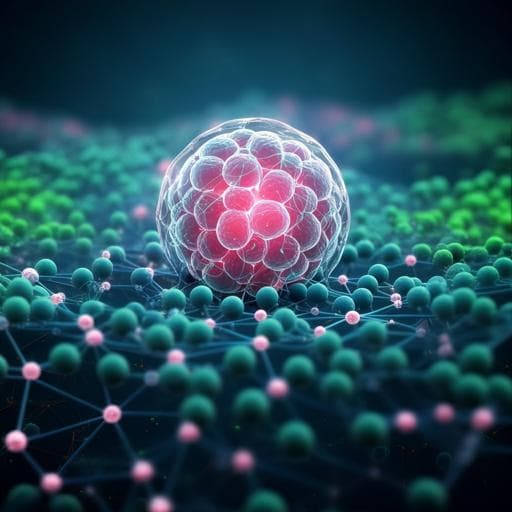
Medicine and Health
A predictive computational platform for optimizing the design of bioartificial pancreas devices
A. U. Ernst, L. Wang, et al.
Discover SHARP, a pioneering computational platform that enhances the efficacy of bioartificial pancreas devices for treating type 1 diabetes. Developed by a team including Alexander U. Ernst and Scott C. Worland from Cornell University, SHARP addresses critical oxygen transport challenges and optimizes islet structures for improved insulin secretion.
~3 min • Beginner • English
Related Publications
Explore these studies to deepen your understanding of the subject.







